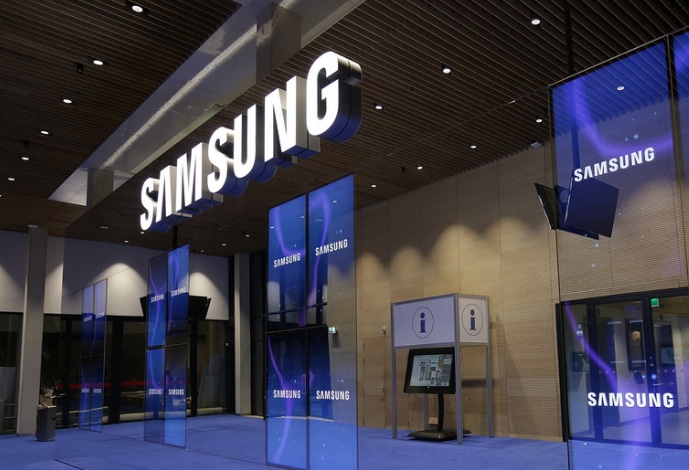Samsung has unveiled its quarterly figures for the three months ending March 31, which looked pretty positive, though there has been a dire warning for the rest of the year.
April 29, 2020

Samsung has unveiled its quarterly figures for the three months ending March 31, which looked pretty positive, though there has been a dire warning for the rest of the year.
With the vast majority of the Samsung business reliant on consumer confidence, a prolonged outbreak would present problems for the team. Smartphone sales have been forecast a decline over the coming months, while the prospect of a recession would be a very worrying sign for the consumer electronics unit.
But looking at the most recent three months, executives highlighted trading was relatively positive until the beginning of March, where the coronavirus outbreak dented sales. Total revenues for the three-month period stood at 55.33 trillion Korean Won, an increase of 6% year-on-year.
Samsung quarterly revenues by business (Korean Won, Trillions) |
Category |
Consumer Electronics |
IT and Mobile Communications |
Device Solutions |
The only business unit which demonstrated a year-on-year decline for this period was IT and Mobile Communications, though executives seem positive about performance with a wider portfolio of smartphone products and a network infrastructure business unit which is starting to gather momentum.
Smartphone demand might have been expected to bounce back over the remainder of the year, though COVID-19 has limited opportunities, however there is certainly potential for the network infrastructure team.
Samsung might well be one of the biggest beneficiaries of US aggression towards China, as well as European desire to introduce greater variety in the supply chain. The Radio Access Network (RAN) segment of the telco ecosystem is incredibly streamlined already but removing (or limiting) the Chinese vendors presents opportunity for rivals. We’re not including OpenRAN for the moment as it is seemingly not deemed market ready, leaving Samsung as one of the few remaining options.
Although there might be delays in investment for 5G infrastructure over the short-term, for H2 there should be more opportunity. South Korea is a hot pocket of 5G activity as one of the leading nations for adoption, while a contract with KDDI in Japan, the three major MNOs in the US and ties to Telefonica in Europe gives Samsung momentum in the 5G RAN game.
Kim Young-ki, who leads Samsung’s networking business, believes a 20% market share for 5G RAN is possible, and while this represents a significant uplift from its 6% share of 4G RAN, it has started well. Anti-China rhetoric around the world and a European desire for supply chain diversity are two trends which certainly help the cause.
While this is a business unit which looks like it could make positive moves, it should also be noted that the vast majority of the Samsung business is going to face considerable pressure.
Smartphone demand will dampen with the high street closed, while the flagship 5G devices look less appealing as network deployment slows. The semiconductor and components business unit is reliant on consumer electronics demand, and while the memory products might be doing well due to increased PC and laptop demand, this is only a fragment of the overall equation. Consumer electronics, in particular high-end TVs, are facing a monumental headache, as the longer the coronavirus pandemic persists, the greater the likelihood of a recession.
Overall, the first quarter of 2020 was positive for Samsung and while there are some pockets of promise, the risks are far more weighty.
About the Author(s)
You May Also Like








.png?width=300&auto=webp&quality=80&disable=upscale)


_1.jpg?width=300&auto=webp&quality=80&disable=upscale)


.png?width=800&auto=webp&quality=80&disable=upscale)